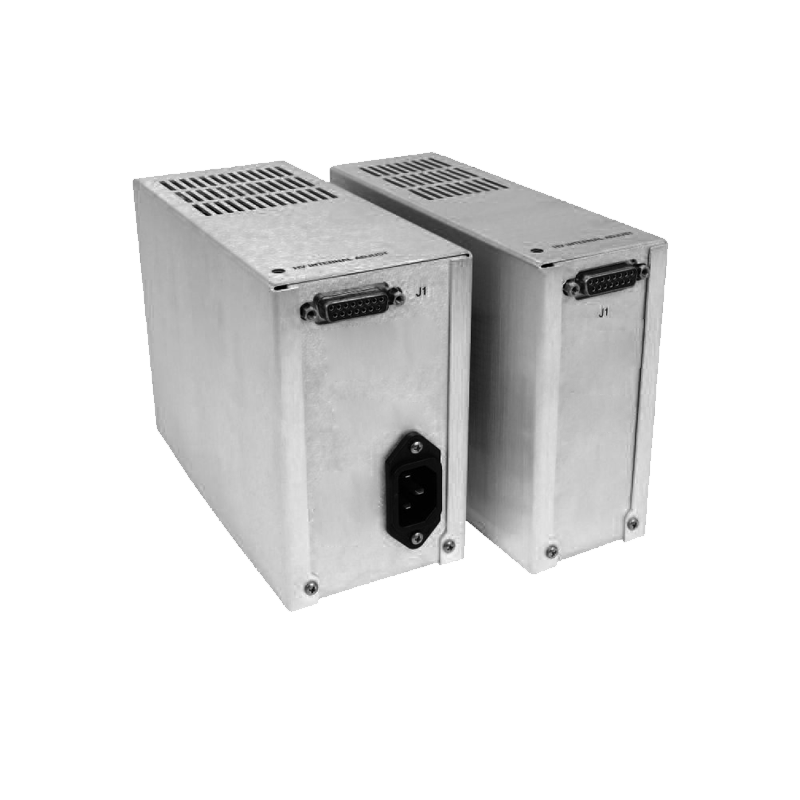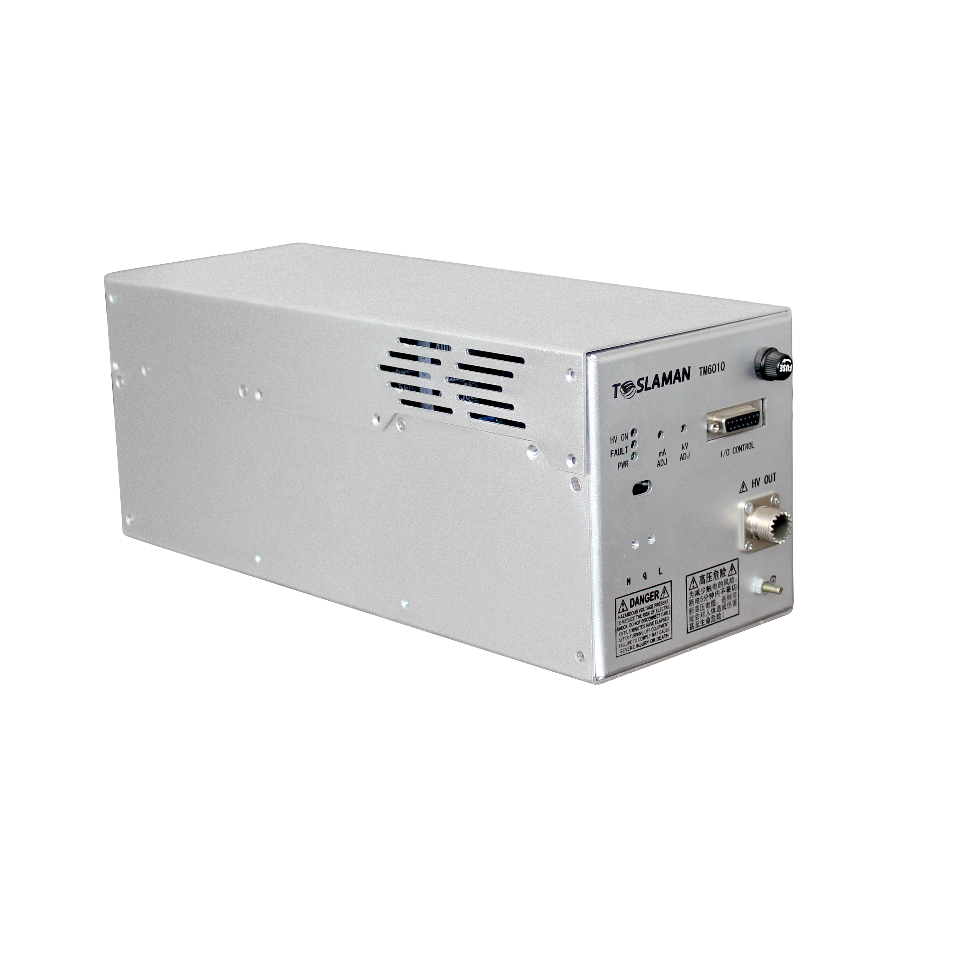Application and Performance Analysis of X-ray Power Supplies in Material Characterization
With the continuous development of science and technology, material characterization technology is becoming increasingly widespread in various fields. Among them, X-ray power supplies, as an important means of material characterization, play a significant role in materials science, chemistry, biology, environmental science, and other areas. This article will analyze the application of X-ray power supplies in the field of material characterization and their performance from a professional perspective.
I. Introduction to X-ray Power Supplies
An X-ray power supply is a device that generates X-rays by bombarding a metal target with a high-energy electron beam. According to the principle and structural characteristics of X-ray generation, X-ray power supplies can be divided into the following categories:
1. Rotating anode X-ray power supply: Mainly used for generating continuous X-rays, suitable for diffraction, fluorescence, absorption, and other experiments.
2. Linear accelerator X-ray power supply: Mainly used for generating pulsed X-rays, suitable for time-resolved spectroscopy, diffraction, and other experiments.
3. Synchrotron radiation light source X-ray power supply: Utilizes the X-rays generated by synchrotron radiation light sources, which have advantages such as high brightness and wide spectral range, suitable for high-resolution imaging, spectroscopy, and other experiments.
II. Application of X-ray Power Supplies in Material Characterization
1. X-ray Diffraction (XRD): By measuring the diffraction intensity distribution of X-rays on a crystalline sample, information such as crystal structure parameters, lattice constants, and crystal orientation can be determined. It is widely used in mineralogy, materials science, biology, and other fields.
2. X-ray Fluorescence Spectroscopy (XRF): By measuring the fluorescence spectrum produced by X-rays irradiating a sample, the elemental composition of the sample can be qualitatively or quantitatively analyzed. It is widely used in environmental monitoring, geological exploration, industrial production, and other fields.
3. X-ray Absorption Spectroscopy (XAS): By measuring the absorption coefficient of X-rays in the sample, information about the valence state and coordination environment of elements can be obtained. It is widely used in catalysts, battery materials, biological macromolecules, and other fields.
4. X-ray Imaging: By using the attenuation signal produced when X-rays penetrate the sample, internal structural information of the sample can be obtained. It is widely used in medical imaging, non-destructive testing, micro-nano manufacturing, and other fields.
III. Performance Analysis of X-ray Power Supplies
1. Stability: The stability of an X-ray power supply is crucial for ensuring the reliability of experimental results. High-quality X-ray power supplies should have high output voltage and current stability to ensure stable energy and intensity of X-rays.
2. Resolution: The resolution of an X-ray power supply refers to its ability to distinguish X-rays of different energies. High-resolution X-ray power supplies help improve the accuracy and sensitivity of experiments.
3. Brightness: The brightness of an X-ray power supply refers to the number of X-ray photons produced per unit time and area. High-brightness X-ray power supplies can improve experimental efficiency and signal-to-noise ratio.
4. Tunability: The tunability of an X-ray power supply refers to the adjustment range of its output voltage, current, and waveform. Good tunability helps meet different experimental needs and improves the versatility of the equipment.
In conclusion, X-ray power supplies have broad application prospects in the field of material characterization, and their performance directly affects the reliability and accuracy of experimental results. Therefore, when selecting and using X-ray power supplies, factors such as stability, resolution, brightness, and tunability should be fully considered to meet different experimental requirements.




















